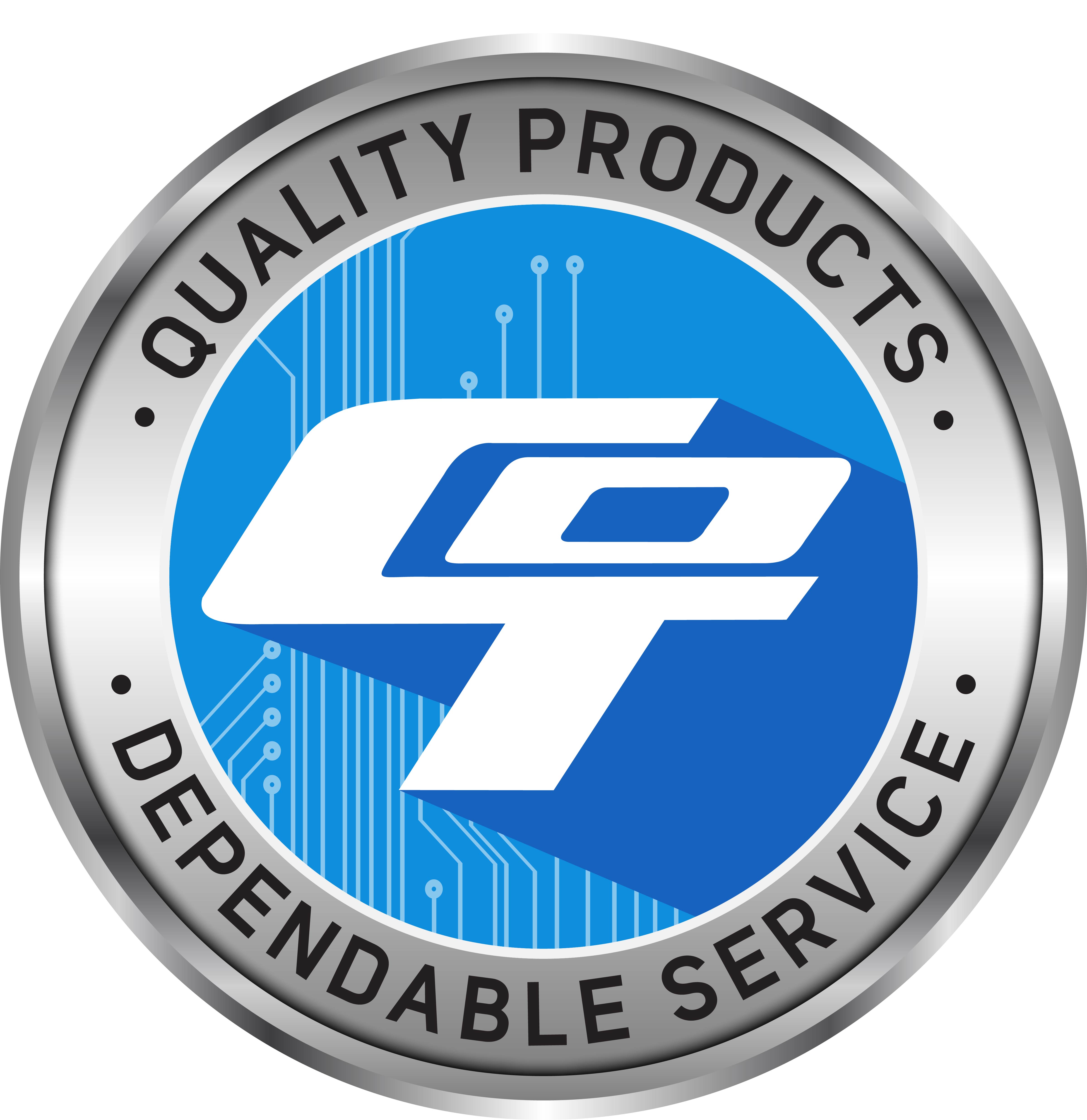Technical Library | 2013-07-18 12:12:40.0
Lead-free nanosolders have shown promise in nanowire and nanoelectronics assembly. Among various important parameters, melting is the most fundamental property affecting the assembly process. Here we report that the melting behavior of tin and tin/silver nanowires and nanorods can be significantly affected by the surface oxide of nanosolders.
Department of Chemical Engineering, University of Massachusetts
Technical Library | 2023-08-04 15:27:30.0
A designed experiment evaluated the influence of several variables on appearance and strength of Pb-free solder joints. Components, with leads finished with nickel-palladium-gold (NiPdAu), were used from Texas Instruments (TI) and two other integrated circuit suppliers. Pb-free solder paste used was tin-silver-copper (SnAgCu) alloy. Variables were printed wiring board (PWB) pad size/stencil aperture (the pad finish was consistent; electrolysis Ni/immersion Au), reflow atmosphere, reflow temperature, Pd thickness in the NiPdAu finish, and thermal aging. Height of solder wetting to component lead sides was measured for both ceramic plate and PWB soldering. A third response was solder joint strength; a "lead pull" test determined the maximum force needed to pull the component lead from the PWB. This paper presents a statistical analysis of the designed experiment. Reflow atmosphere and pad size/stencil aperture have the greatest contribution to the height of lead side wetting. Reflow temperature, palladium thickness, and preconditioning had very little impact on side-wetting height. For lead pull, variance in the data was relatively small and the factors tested had little impact.
Technical Library | 2018-05-09 22:15:29.0
Creep corrosion on printed circuit boards (PCBs) is the corrosion of copper metallization and the spreading of the copper corrosion products across the PCB surfaces to the extent that they may electrically short circuit neighboring features on the PCB. The iNEMI technical subcommittee on creep corrosion has developed a flowers-of-sulfur (FOS) based test that is sufficiently well developed for consideration as an industry standard qualification test for creep corrosion. This paper will address the important question of how relative humidity affects creep corrosion. A creep corrosion tendency that is inversely proportional to relative humidity may allow data center administrators to eliminate creep corrosion simply by controlling the relative humidity in the data center,thus, avoiding the high cost of gas-phase filtration of gaseous contamination. The creep corrosion relative humidity dependence will be studied using a modified version of the iNEMI FOS test chamber. The design modification allows the achievement of relative humidity as low as 15% in the presence of the chlorine-releasing bleach aqueous solution. The paper will report on the dependence of creep corrosion on humidity in the 15 to 80% relative humidity range by testing ENIG (gold on electroless nickel), ImAg (immersion silver) and OSP (organic surface preservative) finished PCBs, soldered with organic acid flux.
Technical Library | 2023-06-14 01:09:26.0
In the electronic packaging industry, it is important to be able to make accurate predictions of board level solder joint reliability during thermal cycling exposures. The Anand viscoelastic constitutive model is often used to represent the material behavior of the solder in finite element simulations. This model is defined using nine material parameters, and the reliability prediction results are often highly sensitive to the Anand parameters. In this work, an investigation on the Anand constitutive model and its application to SAC solders of various Ag contents (i.e. SACN05, with N = 1, 2, 3, 4) has been performed. For each alloy, both water quenched (WQ) and reflowed (RF) solidification profiles were utilized to establish two unique specimen microstructures, and the same reflow profile was used for all four of the SAC alloys so that the results could be compared and the effects of Ag content could be studied systematically.
Technical Library | 2018-10-18 15:41:45.0
One specific market space of interest to emerging printed electronics is In Mold Label (IML) technology. IML is used in many consumer products and white good applications. When combined with electronics, the In Mold Electronics (IME) adds compelling new product functionality. Many of these products have multi-dimensional features and therefore require thermoforming processes in order to prepare the labels before they are in-molded. While thermoforming is not a novel technique for IML, the addition of printed electronic functional traces is not well documented. There is little or no published work on printed circuit performance and design interactions in the thermoforming process that could inform improved IME product designs. A general full factorial Design of Experiments (DOE) was used to analyze the electrical performance of the conductive silver ink trace/polycarbonate substrate system. Variables of interest include trace width, height of draw, and radii of both top and bottom curvatures in the draw area. Thermoforming tooling inserts were fabricated for eight treatment combinations of these variables. Each sample has one control and two formed strips. Electrical measurements were taken of the printed traces on the polymer sheets pre- and post- forming with a custom fixture to evaluate the effect on resistance. The design parameters found to be significant were draw height and bottom radius, with increased draw and smaller bottom curvature radii both contributing to the circuits’ resistance degradation. Over the ranges evaluated, the top curvature radii had no effect on circuit resistance. Interactions were present, demonstrating that circuit and thermoforming design parameters need to be studied as a system. While significant insight impacting product development was captured further work will be executed to evaluate different ink and substrate material sets, process variables, and their role in IME.
| 1 |

COT specializes in high quality SMT nozzles and consumables for pick and place machines. We provide special engineering design service of custom nozzles for those unique and odd components.
2481 Hilton Drive
Gainesville, GA USA
Phone: (770) 538-0411